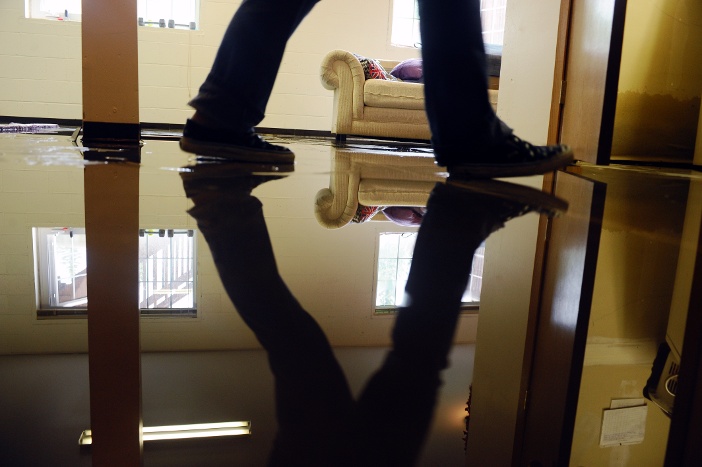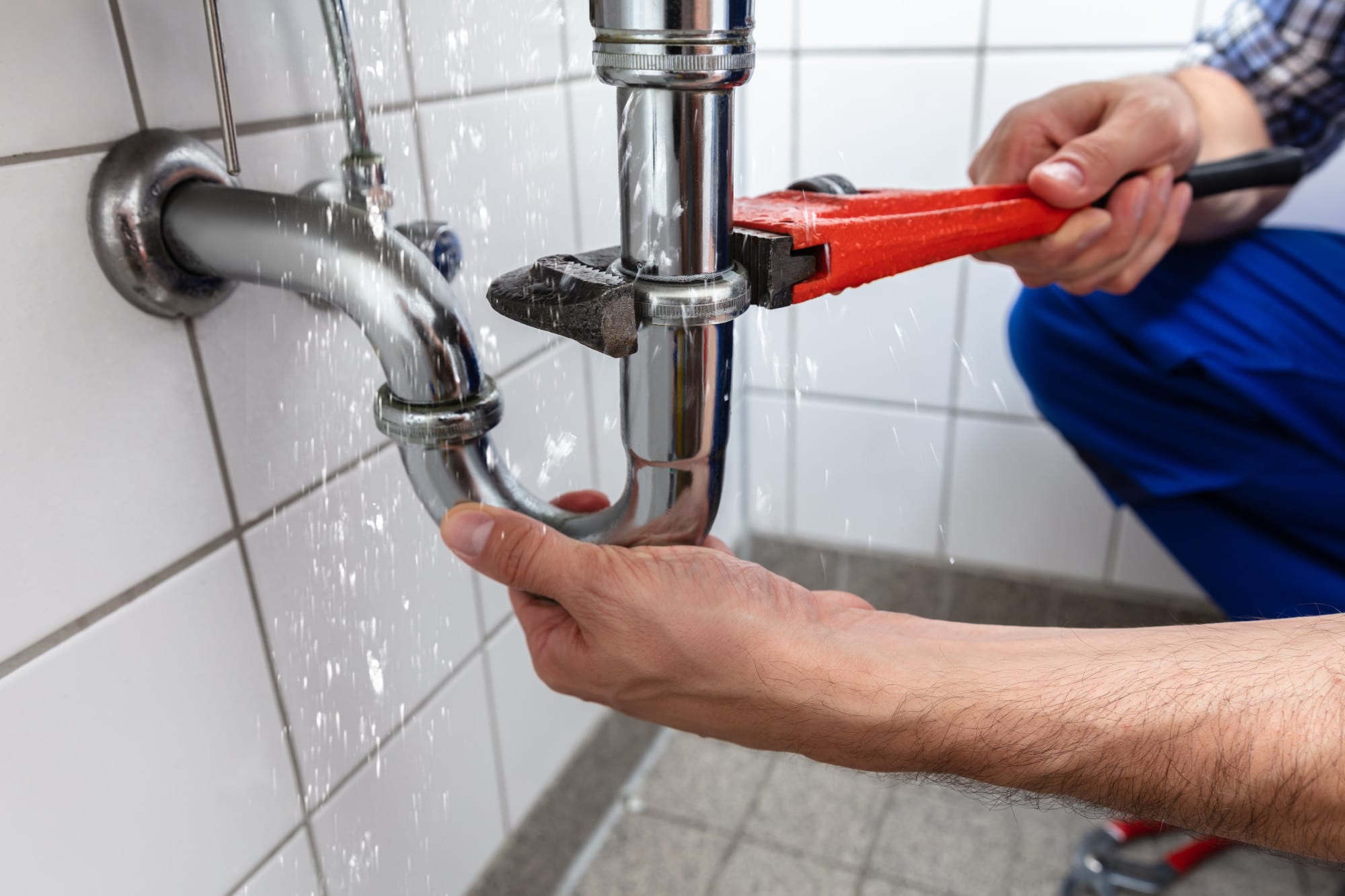This post which follows relating to What to Know Before Installing a Dishwasher is seriously engaging. Give it a go and draw your own personal final thoughts.

A burst pipe is a major emergency; you can just stand as you enjoy water you pay dearly to rejoin with the planet. In worse cases, you see a pool on your cooking area flooring, which is an excellent trip danger, especially if you have children around. If the pipe that ruptured remained in your walls, trouble: you may need to repaint that whole area.
How can a tragedy like a burst pipe be stopped as well as handled? Well, by listening to your specialist emergency plumbers and following these regulations.
Just how do I recognize when my pipes have burst?
Varying water stress
Pipelines do not simply burst in a day. You may have discovered that your kitchen faucet or shower doesn't run instantly when you turn the faucet. It may stop briefly for a few seconds and then blast you with even more force than normal.
In other circumstances, the water may seem typical in the beginning, then decrease in stress after a few seconds.
Damp wall surfaces and also water stains
Prior to a pipeline bursts, it will leak, the majority of times. If this consistent leaking goes undetected, the leakage might graduate right into a wide wound in your pipe. One easy means to prevent this emergency is to keep an eye out for damp wall surfaces advertisement water discolorations. These water spots will certainly lead you right to the leak.
Puddles under pipelines and also sinks
When a pipe bursts, the discharge develops a pool. It may appear that the puddle is growing in size, as well as despite how many times you wipe the pool, in a couple of minutes, there's one more one waiting to be cleansed. Commonly, you may not be able to trace the puddle to any noticeable pipes. This is an indicator to call a professional plumber.
Untraceable trickling sounds
Pipeline bursts can occur in the most undesirable areas, like within concrete, inside walls, or under sinks. When the house goes quiet, you might be able to listen to an aggravatingly persistent leaking sound. Also after you have actually examined your shower head and cooking area tap, the leaking may continue.
Precious visitor, the dripping might be originating from a pipe inside your walls. There isn't much you can do regarding that, other than inform a specialist plumber.
Shut down the Water
When water ices up, it expands in volume by concerning 9 percent. And also it expands with significant pressure: The pressure inside pipelines may go from 40 pounds per square inch to 40,000 psi! No pipe can hold that much pressure, so it bursts. The break might take place where the ice kinds, but more often, it takes place where water stress discovers a vulnerable point in the pipeline. That might be inches and even feet from the frozen area. Locate the water shutoff valve and switch off the water to prevent even more damage. You might additionally need to shut off the power also, relying on where the leakages takes place and also how large it is.
Infected water
Lots of people assume a burst pipe is a one-way electrical outlet. Rather the contrary. As water flows out of the hole or gash in your plumbing system, impurities locate their way in.
Your water may be contaminated from the resource, so if you can, check if your water tank has any issues. However, if your drinking water is provided and cleansed by the local government, you need to call your plumber quickly if you see or smell anything funny in your water.
What do I do when I spot a ruptured pipeline?
Your water meter will certainly remain to run also while your water wastes. To decrease your losses, locate the main controls and also transform the supply off. The water pipe are an above-ground framework at the edge of your property.
How to Fix & Detect a Leaking Pipe
How Do I Know if a Pipe is Leaking?
Leak detection tests can help you determine if your pipe has a leak. Even if you don’t see an apparent leak, you should still conduct leak detection tests regularly to save water and money—and prevent major damage to your home.
- Water meter. It can be helpful to figure out what your usual water meter usage numbers are and then monitor them regularly. To monitor your meter, first, turn off all water faucets in your home. Check the meter and write down the numbers. In a few hours, check the meter again. If the numbers have changed, you have a leak.
- Water gauge. Use a water gauge to test your water pressure. Your showerhead should produce a certain amount of water pressure based on its model and design. If the pressure is lower than it is supposed to be for that specific showerhead, your home likely has a leak.
- Puddles. Look inside your bathroom, laundry, and kitchen sink cabinets. Puddles around the cabinets or around toilets, tubs, showers, and washing machines indicate the presence of a leaking pipe. You may also notice loose tiles, peeling or flaking paint, or mold caused by water accumulation.
- Napkin test. Even if you don’t see any puddles, you may still have a leak. You can test for water leaks in the bathroom, laundry, and kitchen by wiping below-sink connections with a napkin, paper towel, or piece of toilet paper. If it becomes damp, you probably have a leaking pipe under the sink.
- Discolored walls. Walls that are discolored—usually with brown or yellow stains—or bulging might mean that they have been impacted by water damage caused by a leaking pipe.
- Smell. A leaky pipe will create sitting water, and over time, that water may develop a musty smell. If your home smells musty, but you can’t locate the source, it may be due to a leak.
Steps for Fixing a Leaking Pipe
- A leaky drain can be remedied by tightening the pipe base, replacing the drain seal, caulking the rim, and tightening the pipe nut.
- Similarly, a leaking toilet pipe can be treated by tightening the packing nut. You may also need to replace the valve.
- A leaky faucet may just need tightening or replacement of the washers. If that doesn’t work, consider replacing your faucet.
- If your pipe has a hole in it, you may want to use a pipe leak sealer or pipe leak tape. This quick fix for water pipe leaks can also temporarily fix a copper pipe leak.
https://www.ahs.com/home-matters/quick-tips/how-to-tell-if-pipes-are-leaking/

Do you enjoy reading about How to Install and Connect a New Dishwasher? Give a short review down below. We would be delighted to find out your thinking about this write up. We are looking forward to see you back again in the future. Sharing is nice. You just don't know, you could be helping someone out. Thanks so much for taking the time to read it.
Clog problems? Inform.
Comments on “Recognizing and Swiftly Fixing a Broken Pipe: A Practical Guide”